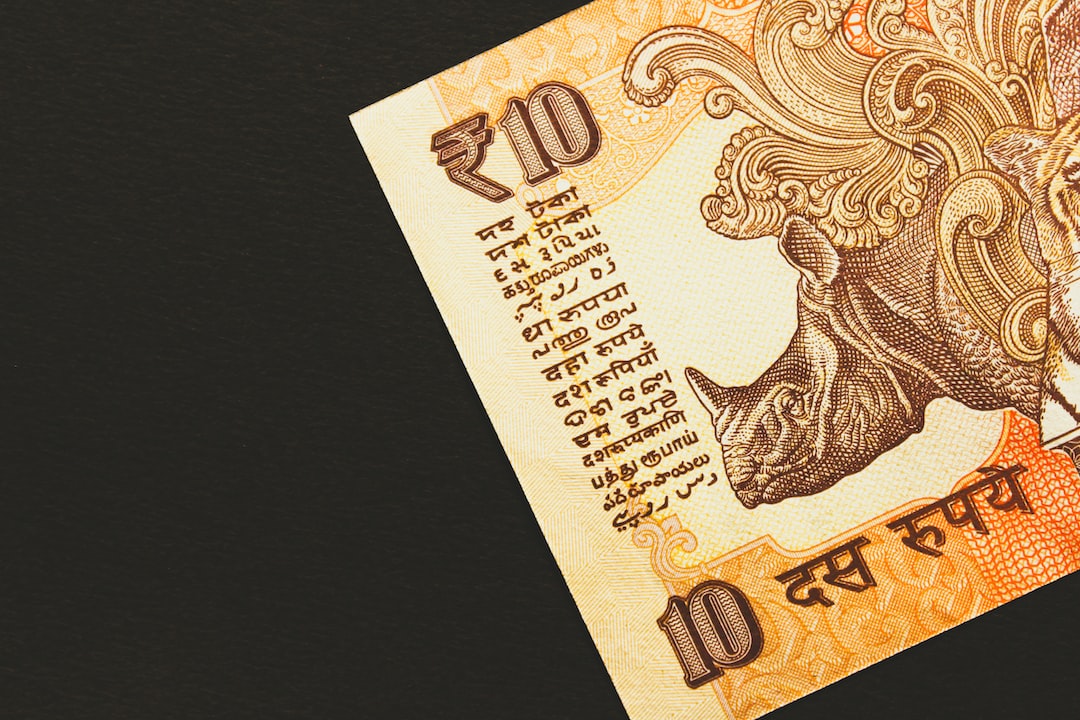Forex or foreign exchange is a decentralized market where currencies are traded. It is the largest market globally, with a daily trading volume of over $5 trillion. Forex trading involves buying one currency and selling another simultaneously for profit. One of the essential concepts in forex trading is stop levels. It is an essential tool for traders to manage their risk and protect their investments.
Stop level or stop loss is a predetermined level at which a trader closes a losing trade. It is a risk management tool used to limit the trader’s losses in case the market moves against their open position. In other words, it is a safety net that prevents traders from losing more than they can afford. Stop levels are set at a specific price level, and once that level is reached, the trade is automatically closed.
Stop levels are essential for forex traders because the market is highly volatile, and sudden price movements can wipe out a trader’s account. By setting stop levels, traders can protect their investments and minimize their losses. Stop levels are typically used to limit losses on open positions, but they can also be used to lock in profits on winning trades.
Stop levels can be set in different ways, depending on the trader’s preference. The most common way is to set a fixed stop level, which is a specific price level where the trade is closed. For example, a trader can set a stop level at $1.1000 for a long position in EUR/USD. If the market moves against the trader, and the price reaches $1.1000, the trade is closed automatically.
Another way to set stop levels is to use trailing stops. A trailing stop is a stop level that follows the market price at a fixed distance. For example, a trader can set a trailing stop at 50 pips for a long position in EUR/USD. If the market moves in the trader’s favor, the trailing stop follows the market price at a distance of 50 pips. If the market reverses and the price hits the trailing stop, the trade is closed automatically.
Stop levels are not foolproof, and they do not guarantee that a trader will not lose money. However, they are an essential tool for managing risk in forex trading. Traders should set stop levels based on their risk tolerance and trading strategy. A conservative trader may set a tighter stop level to limit their losses, while an aggressive trader may set a wider stop level to allow for more significant price movements.
In conclusion, stop levels are an essential tool for forex traders to manage their risk and protect their investments. They are a safety net that prevents traders from losing more than they can afford. Stop levels can be set in different ways, depending on the trader’s preference, and should be based on their risk tolerance and trading strategy. Traders should remember that stop levels are not foolproof and should not rely solely on them to make trading decisions. Forex trading involves risk, and traders should always exercise caution and use proper risk management techniques.





